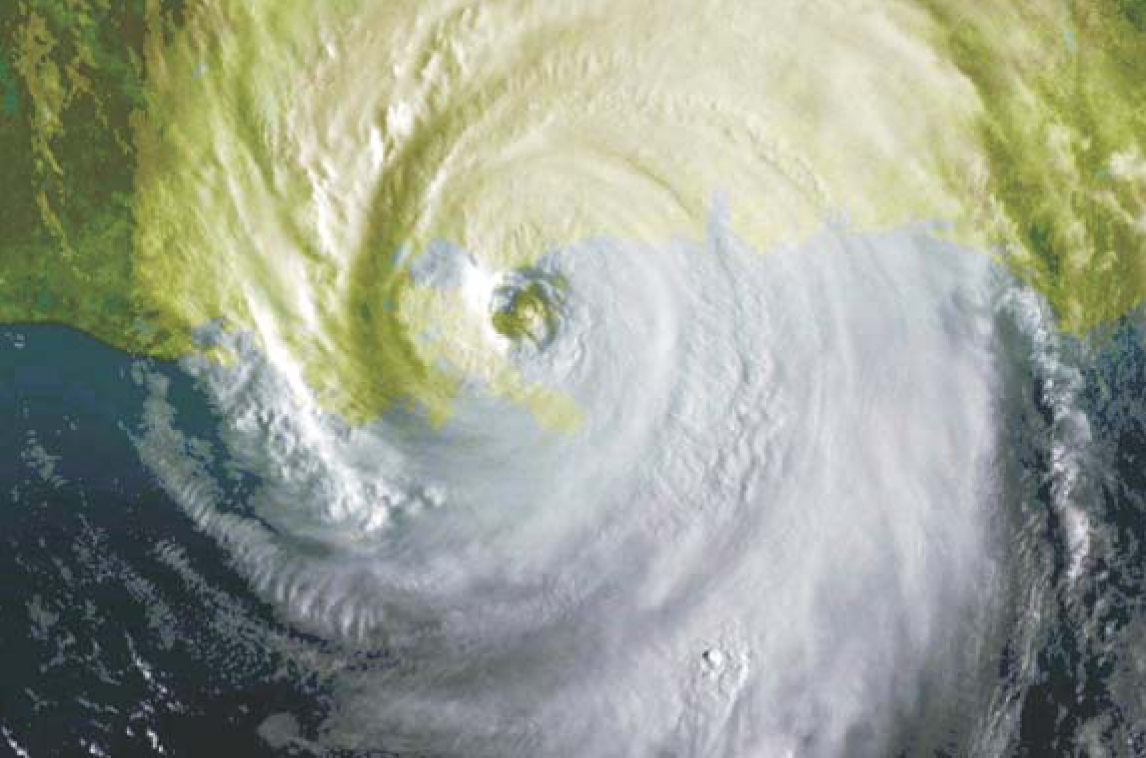Science board recommends major hurricane research program
DOI: 10.1063/1.2435637
Citing the dramatically increasing economic costs of hurricanes that have hit the US in recent years, often reaching into the tens of billions of dollars, the National Science Board has proposed a $300 million per year initiative to more deeply involve the federal government in hurricane research.
The National Hurricane Research Initiative, released on Capitol Hill by the NSB in late September, calls for Congress to appropriate new money for research into the science of hurricanes, particularly what controls a storm’s intensity (see Physics Today, August 2006, page 74
“The big one is coming,” said Senator Bill Nelson, a Florida Democrat, as the NSB proposal was presented at a press conference. “We thought we had the big one in 1992 with [Hurricane] Andrew,” he said. “That was a $22 billion hurricane.” Then he cited the four hurricanes that hit Florida in 2004, racking up billions of dollars more in damage.
His fear, Nelson said, is of a hurricane carrying more power than the storms that have already hit his state. “I’m thinking about one storm, in one location, costing $50 billion.”
According to the NSB initiative, hurricane-induced economic losses have increased steadily during the past 50 years, with estimated annual losses averaging $1.3 billion from 1949 to 1989, $10.1 billion from 1990 to 1995, and $35.8 billion per year during the past five years. Much of that is due, the initiative says, to the rapid growth of the physical infrastructure in coastal regions; today, about 50% of the US population lives within 50 miles of a coastline.
Sen. Mel Martinez (R-FL) noted that the costs of Hurricane Katrina, which hit New Orleans and other areas along the Gulf Coast last year, have already exceeded $80 billion, and the entire 2005 hurricane season caused more than $100 billion in damage. Alot of unknowns remain in the understanding of hurricanes, Martinez said, and “better, more intense, and more coordinated research can help us better prepare in the future.”
University of Oklahoma meteorologist Kelvin Droegemeier, an NSB member and cochair of the task force that developed the proposal, said the “key to this initiative is studying hurricanes in an integrative manner that cuts across disciplinary and organizational boundaries.” The National Oceanic and Atmospheric Administration, NSF, and NASA would be the co-leaders of the initiative.
Task force cochair Kenneth Ford, director of the Institute for Human and Machine Cognition in Pensacola, Florida, said current federal hurricane research at NOAA and other agencies is on a smaller scale and more narrowly focused than what the NSB envisions. The budget for NOAA research on hurricanes has never exceeded $5.1 million, the NSB initiative says, and the agency’s hurricane research staff has been cut by 30% during the past 10 years.
The initiative calls for three broad investment categories, with high priority items detailed in each. The first category, “understanding and prediction,” notes that while dramatic improvements have been made in recent years in numerical modeling of hurricanes, “the prediction of hurricane intensity and size remains a challenge.”
The initiative says “research is needed to better understand rapid intensity change, relationships among storm structure, motion and intensity, the internal dynamics of hurricanes and the manner in which [they] interact with their environment.” Particularly important is the need for developing “fine-scale models and techniques for more effectively assimilating the numerous observations already being made.”
High priority is also given to understanding air–sea interactions in hurricane conditions because “traditional theories of air–sea interaction are not applicable to the strong wind and high wave conditions associated with hurricanes.” The initiative also calls for better research into storm surge, rainfall, and inland flooding.
Understanding the relationship between hurricanes and climate, including the link to global warming, is also part of the initiative’s recommendations. “Hurricanes currently are not resolvable in most climate models, and observational data that can link hurricane behavior to regional and global climate characteristics are limited and imperfect,” the initiative says.
The second category, “impacts and interactions,” focuses on the interaction of hurricanes with engineered structures and calls for economic and social impact studies that include post-hurricane demographics, industrial production and supply chain issues, and overall economic recovery. The third category centers on preparedness and calls for research into the resiliency of infrastructures such as levees, drainage systems, bridges, and sewage systems. It also encourages research into “human behavior and risk planning” and evacuation planning.
On the same day the NSB proposal was announced, Martinez introduced legislation that would fund it at $300 million a year. Although that may seem a wise investment for Florida and the other Gulf states, Martinez said, politicians from the Dakotas and Montana “don’t think it is their problem. We have to convince them that the economic losses from hurricanes are so huge that it is their problem.”

Hurricane Katrina hit the Gulf Coast at the border of Louisiana and Mississippi on the morning of 29 August 2005. Officials estimate the storm damage at more than $80 billion.
NOAA

